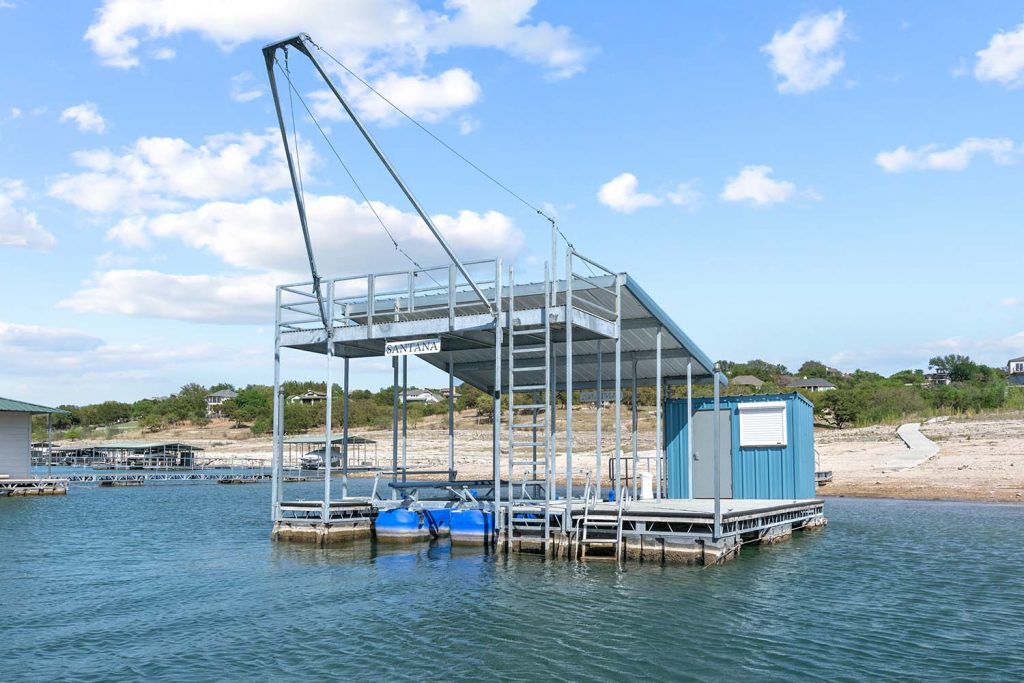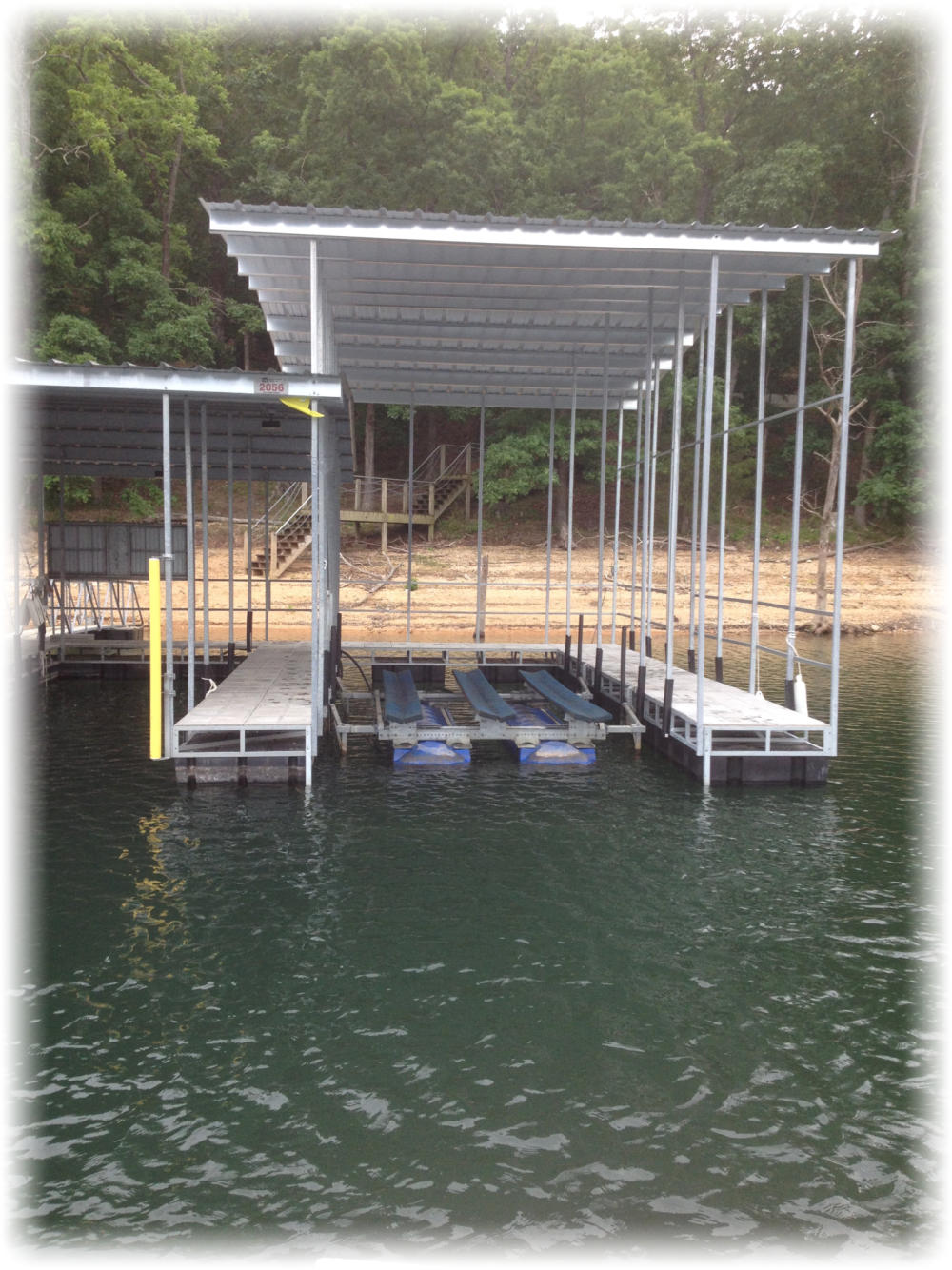Essential Guide to Inexpensive Dock Repairs for Homeowners
Reliable Dock Repair Techniques: Guaranteeing Structural Integrity
Guaranteeing the structural integrity of docks through effective repair work methods is extremely important for the longevity and security of marine facilities. This involves a multi-faceted method starting with extensive assessments utilizing sophisticated innovations like finder tools and remotely operated cars (ROVs) to find both noticeable and hid problems. Subsequently, selecting the right repair service materials, such as composite materials and corrosion-resistant alloys, is important for toughness. Structural reinforcement approaches, consisting of the implementation of cross-bracing systems and load-distribution plates, play an essential function in mitigating tension factors. Nonetheless, the relevance of these techniques comes to be obvious when exploring sophisticated fixing methods and preventative upkeep methods.
Evaluating Dock Damages
Evaluating dock damage is a crucial very first step in making sure the structural integrity and security of any kind of docking facility. This first analysis includes a comprehensive assessment to recognize both visible and surprise damages. Trick elements to check out include the dock's structure, pilings, outdoor decking, and hardware. Each element must be scrutinized for indicators of wear, rot, corrosion, or various other types of degradation that could compromise the architectural integrity.
Structural engineers or certified assessors typically do these evaluations using specialized methods and tools. For example, underwater inspections could use finder tools or from another location ran cars (ROVs) to discover submerged damage. Above water, aesthetic inspections are matched by utilizing dampness meters and various other diagnostic tools to reveal underlying concerns not quickly noticeable to the nude eye.

Finding Repair Materials
Choosing the ideal repair work materials is an essential action in the dock restoration procedure, one that directly influences the durability and efficiency of the fixed framework. Product selection need to be driven by variables such as environmental problems, load-bearing needs, and compatibility with existing dock components. As an example, timber is a conventional option for docks because of its all-natural strength and visual allure. However, picking the best kind of timber, such as pressure-treated lumber or naturally rot-resistant species like cedar or teak, is important to endure aquatic environments.
Along with wood, composite products are progressively popular as a result of their longevity and reduced maintenance needs. Composites, typically made from a mix of plastic and wood fibers, supply superb resistance to rot, bugs, and UV damage. For steel docks, picking corrosion-resistant alloys such as galvanized steel or marine-grade aluminum is essential to stop rust and ensure architectural honesty in saline water conditions.
Epoxy resins and marine-grade sealers are important for fixing cracks and securing joints, providing a water resistant barrier and improving the dock's total toughness. By carefully choosing high-grade materials, dock repair work can accomplish durable outcomes, thereby safeguarding against future degradation and making sure secure, trustworthy usage.
Structural Reinforcement Methods
Effective structural support strategies are critical in making sure the security and durability of dock repair services. This technique is especially efficient for anchors subjected to heavy loads or harsh ecological conditions.
An additional essential strategy is the application of fiber-reinforced polymers (FRP) These products provide high strength-to-weight ratios and outstanding resistance to corrosion, making them ideal for enhancing wood or concrete anchors. FRP can be applied in strips or sheets and adhered with epoxy resins to enhance architectural integrity.
Supporting and securing systems also play a vital function in structural support. Cross-bracing, using steel or wooden light beams, can combat lateral pressures, decreasing persuading and movement. Securing systems, such as helical piers or driven piles, give a steady structure by transferring lots to deeper, more steady soil layers.
Finally, the assimilation of load-distribution plates can assist disperse weight much more equally across the dock's surface area, reducing local tension factors. These techniques collectively make certain that anchors continue to be risk-free and durable, with the ability of withstanding the rigors of their functional environment.
Advanced Repair Service Approaches

Another advanced strategy entails underwater welding, which allows for repair work to be carried out without the requirement to dewater the area. This technique is especially helpful for resolving architectural issues in submerged dock parts, making sure marginal interruption to operations. Improved welding techniques, coupled with robotic systems, deliver accuracy and integrity, consequently prolonging the life-span of the dock.
In addition, cathodic defense systems are applied to avoid deterioration in metallic dock structures. By utilizing sacrificial anodes or impressed existing systems, these strategies successfully reduce the electrochemical processes that cause material deterioration.
Last but not least, progressed tracking innovations, such as structural wellness tracking (SHM) systems, offer real-time data on the problem of dock structures. These systems enable positive maintenance and prompt treatments, ultimately ensuring the long-lasting structural integrity of the dock.
Upkeep and Prevention
Upkeep and avoidance are essential concepts that underpin the durability and security of dock frameworks. Routine evaluations are critical, permitting early detection of damage, prospective weaknesses, and ecological effects. A proactive method, entailing regular look for rust, rot, and anonymous architectural shifts, minimizes expensive repair work and lengthens the dock's operational life.
Safety nets should include using safety finishes to metal elements to defend against corrosion and using treated wood to withstand degeneration. Additionally, making certain appropriate water drainage and ventilation can avoid water build-up, which is an usual source of structural degradation. Integrating high quality products and sticking to supplier guidelines during building and repair service stages additionally play essential functions in improving durability.

Educating employees in dock maintenance best practices ensures regular application of preventative procedures. Leveraging technological advances, such as drones for assessments and sensing units for real-time surveillance, can additionally enhance maintenance initiatives. By prioritizing maintenance and avoidance, dock owners can ensure architectural stability, operational safety and security, and economical administration over the dock's lifespan.
Verdict
To conclude, maintaining the architectural integrity of aquatic facilities necessitates thorough dock repair work strategies. Complete examinations utilizing advanced devices discover both noticeable and concealed problems, while the selection of proper repair products enhances durability. Applying structural reinforcement approaches addresses anxiety factors efficiently. Advanced fixing techniques, combined with normal maintenance methods, ensure the dock continues to be functional and secure under diverse environmental problems. Adopting these techniques significantly extends the life-span and functionality of marine facilities.
Making certain the structural stability of anchors via reliable repair methods is paramount for the longevity and security of marine centers.Choosing the proper repair service products is a pivotal step in the dock remediation process, one that straight affects the long life and efficiency of the fixed framework.Reliable structural reinforcement strategies are critical in ensuring the stability and longevity of dock repairs. By focusing on upkeep and prevention, dock owners can click site make sure structural stability, functional security, and economical monitoring over the dock's life-span.
In conclusion, maintaining the structural honesty of aquatic facilities necessitates comprehensive dock repair strategies.